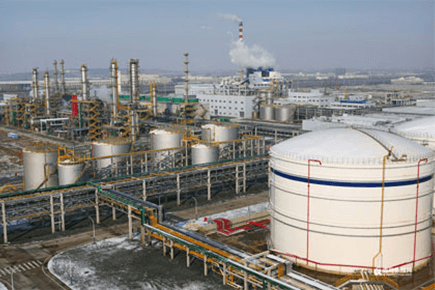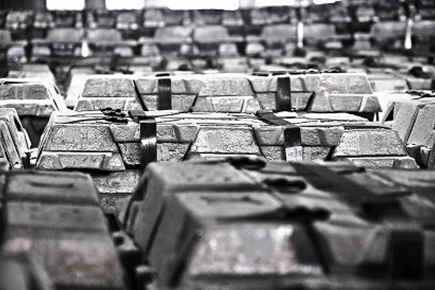PDS Monojet LSF9731 Weak Base Anion Exchange Resin
Physical and Chemical Characteristics
| Matrix Structure | Macroporous, Styrene-divinylbenzene |
| Functional group | Tertiary amine |
| Shipping form | FB |
| Physical Appearance | Cream white to light yellow spherical beads |
| Mean Particle size (mm) | 0.55±0.05mm |
| Moisture content (%) | 45-55 |
| Total Capacity(eq/L) | ≥1.6 |
| Bulk Density ( g/l) | 650-750 |
| Density ( g/l) | 1030-1130 |
| Whole beads count (%) | ≥95 |
| Uniformity coefficient | ≤1.1 |
| Volume change (delivered to Cl-) Max. vol.% | 28% |
Recommended Operating Conditions
| Operating pH | 0-7 |
| Maximum Operating temperature | 60°C (OH-) |
| Minimum Bed depth | 900 mm |
| Operating flow rate | 2-4 BV/h |
|
Regenerants Concentration Regeneration level Regeneration time Total Rinsing water |
NaOH 2-4% 65-80 kg/m3 30-45 minutes 3-5 BV |
Hydraulic Characteristics
Typical values of pressure drop across a bed of SEPLITE® Monojet™ LSF9731 are given for a range of operating flow rate in Fig. 1. Fig. 2 shows the Bed expansion which is a function of flow rate and temperature. Be cautious to avoid loss by accidental over-expansion of the bed.

Precautions
Resins should be stored in sealed containers or bags where temperature was above 0℃ in dry conditions without exposure to direct sunlight.
Do not mix ion exchange resin with strong oxidizing agents; otherwise it will cause violent reactions.
In case of eyes contact with resins, rinse eyes immediately with plenty of water, and consult a specialist.
Material and samples must be disposed according to local regulations.
Dry polymers will expand when become wetted and may cause an exothermic reaction.
Spilled materials may be slippery.
SEPLITE® and Monojet™ are registered trademarks of Sunresin New Materials Co. Ltd.
·This information is general information and may differ from that based on actual conditions. For more information about SEPLITE® resins, please contact SUNRESIN® directly.















